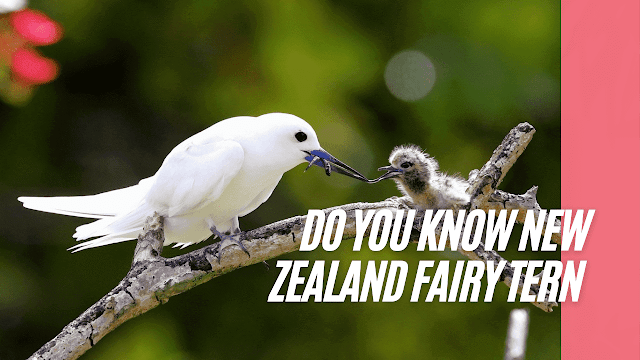do you know new Zealand fairy tern
The New Zealand Fairy Tern or Tara-ITI (Sternula nereis daphnia) is a species of fairy tern endemic to New Zealand. It is the rarest domestic breeding bird in New Zealand, leaving about 40 individuals in the wild. It nests at four coastal sites between Whangarei and Auckland on the North Island. It is threatened by predators, severe storms, tides, beach activity, and beachfront development.
The magic tern is a small tern with a white body and light blue-gray wings, a small black patch does not extend beyond the eye and does not extend to the bill. Inbreeding plumage, the bill, and legs are orange-yellow. During the rest of the year, the black crown is lost, it is mostly replaced by white feathers, and the bill becomes black at the tip and base. The sexes are similar and the plumage of immature birds is similar to that of non-breeding birds. The total length of the imaginary tern is about 25 cm (10 in).
behavior
Fairy terns feed primarily on fish, which they catch by flying over the sea before first dipping their bills into the water to catch their prey. They rarely go far out to sea but can often be seen where predatory fish feed on shallow waters of small fish. They also consume crustaceans, mollusks, and some plant material.
Breeding occurs in spring in colonies on sheltered beaches on the mainland or on offshore islands. The nest is located just above the high water mark and is a scratch in the sand. One or two eggs are laid and both parents share the incubation and care of the chicks and have occasionally been seen providing parental care after growth.
status
Previously listed as a species of least concern by the International Union for Conservation of Nature, recent research shows that their numbers are declining rapidly throughout their range. The New Zealand subspecies have been on the verge of extinction for decades. As a result, the fairy tern was listed as Vulnerable in 2008. The New Zealand fairy tern has several breeding ranges, which largely comprise the upper north region of the North Island. As of 2011, only about 42 individuals were known. With a breeding program implemented by the New Zealand Department of Conservation, the population in 2018 was estimated at 43.
references
^ a b Fairy Tern: Sterna nereis. Tasmanian Parks and Wildlife Service. Accessed December 17, 2013.
^ a bc Species fact sheet: Sterna nereis. BirdLife International. Accessed December 17, 2013.
Douglas Adams and Mark Carwardine, Last chance to see (Ballantine Books, 1992, ISBN 0-345-37198-4).

Comments
Post a Comment